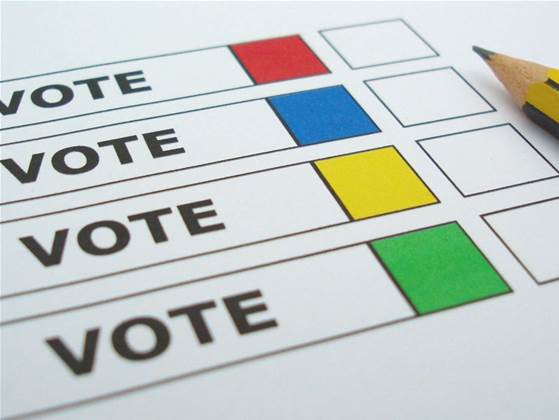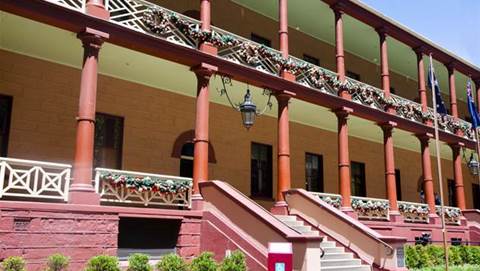Australia's department of communications has put its weight behind a limited trial of electronic voting in which voters bring their own device to a physical polling booth.

In a hearing held yesterday for the parliamentary committee investigating the 2013 federal election, the department's digital economy deputy secretary Abul Rizvi repeated the agency's support for a modest e-voting trial at the next federal election, in an effort to reduce informal ballots and the cost of federal elections.
He suggested a bring-your-own device model - in which voters are able to place votes via their own personal phone or tablet while attending a physical polling booth - would significantly reduce the cost of the process.
“So you are still voting physically at a physical polling place, but using an electronic device connected to a local system [and] using your own device that you’ve brought in,” Rizvi said.
“I think that’s a possibility worth examining. Yes, there are security issues that you have to ask about, and the connection between bring-your-own-device and the local voting system, but those can be addressed. And that I would suggest reduces your costs quite considerably.”
Rizvi said MyGov, the nation's single sign-on portal for access to government services, would be an "ideal vehicle” for the e-voting trial, but conceded there were risks to using the portal.
Responding to concerns by committee chairman Tony Smith about security risks associated with online voting, Rizvi said he accepted that a 'sophisticated, well-resourced and sufficiently motivated' hacker would always be able to infiltrate any system. He added, however, that the existing manual voting system was far from foolproof.
“There is an identity checking process in the traditional voting arrangement, and that is not viewed as absolutely perfect. Things can go wrong with that and they do,” he told the committee.
“Similarly with online identity checking, those arrangements continue to evolve, and it is a matter of judgment as to what is an acceptable level of risk in terms of identity checking online.”
He said the Department of Human Services-developed MyGov portal would provide scope to identify the level of risk the Government was prepared to accept in terms of online identity checking, and whether that was superior to what is currently achieved in ‘imperfect’ traditional forms of voting.
The department has previously suggested either MyGov or the two-factor authentication be used in NSW’s iVote e-voting system could be used for identity verification. It has also proposed that security risks could additionally be mitigated through the use of dynamic IP addresses and best practice for remote access to secure systems.
The voting application would also be separated from identity verification to ensure anonymity and security.
“We recognise that as with all forms of voting, electronic voting carries risks," Rizvi said.
"The critical question is whether the risks associated with e-voting can be mitigated to the degree that these risks are less than those associated with traditional forms of voting."
The Communications department formally threw its support for a trial of electronic voting using MyGov for the 2016 federal election in its submission to the inquiry in March.
Communications Minister Malcolm Turnbull previously suggested e-voting could reduce the number of informal votes, responding to the Australian Electoral Commission’s loss of 1375 votes in the WA Senate election.
The AEC has been issued with a Senate order to release the source code for its electoral EasyCount software to provide transparency on how the votes were lost, which it has so far refused to comply with.
The NSW Government has led electronic voting efforts in Australia, recently deciding to expand the iVote system for the 2015 state election for remote, blind and disabled citizens, as well as those out of state on election day.
The NSW Government expects 100,000 voters will use iVote at the next state election, compared to the 46,800 (or one percent of total votes) in 2011. The expansion of the system is similarly aimed at reducing voting process errors.
The national electoral body, the Australian Electoral Commission, previously trialled electronic voting for vision impaired and overseas voters in 2007 but decided to end the project after the trial’s costs soared to $4 million.




_(5).jpg&h=140&w=231&c=1&s=0)
.png&h=140&w=231&c=1&s=0)



.png&w=100&c=1&s=0)

 iTnews Benchmark Security Awards 2025
iTnews Benchmark Security Awards 2025
 Digital Leadership Day Federal
Digital Leadership Day Federal
 Government Cyber Security Showcase Federal
Government Cyber Security Showcase Federal
 Government Innovation Showcase Federal
Government Innovation Showcase Federal
 Digital NSW 2025 Showcase
Digital NSW 2025 Showcase











_(1).jpg&h=140&w=231&c=1&s=0)



